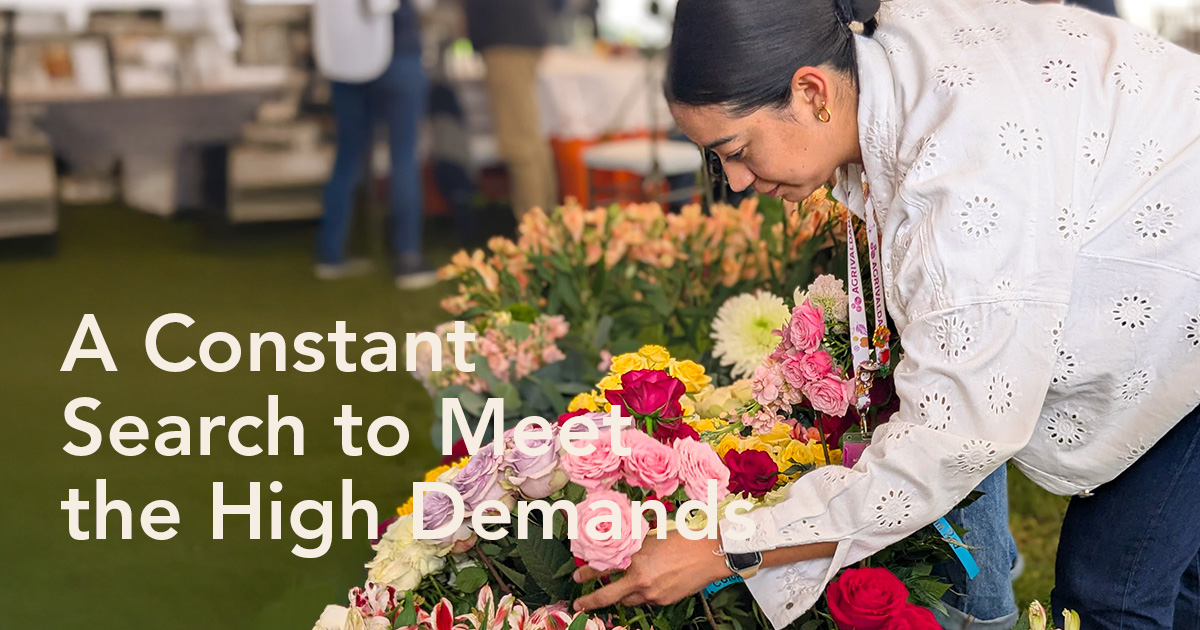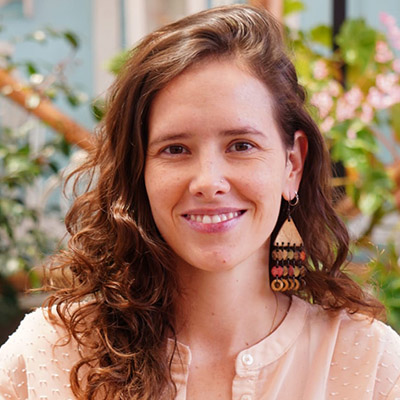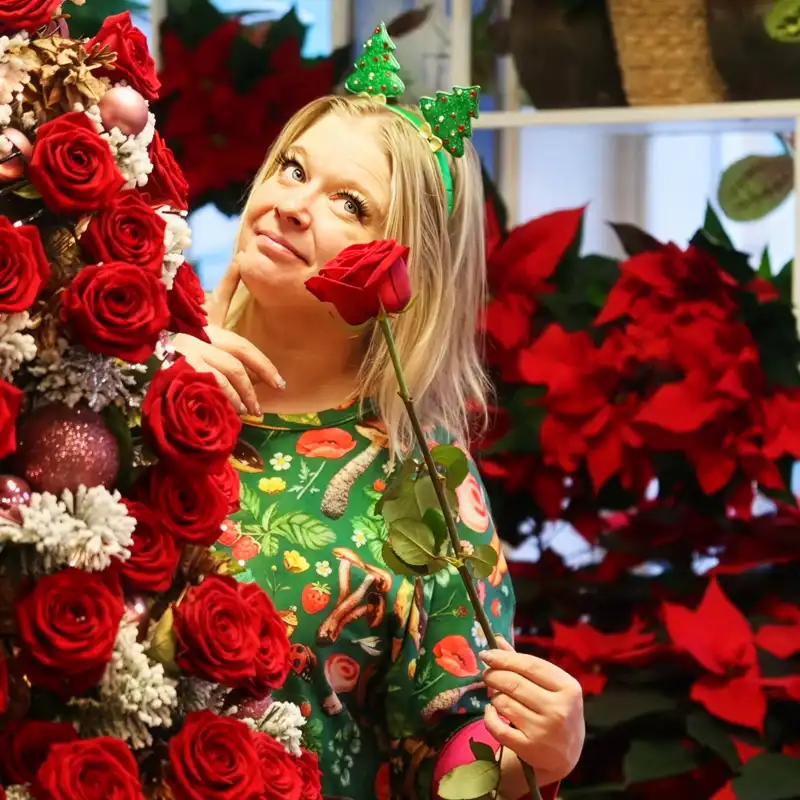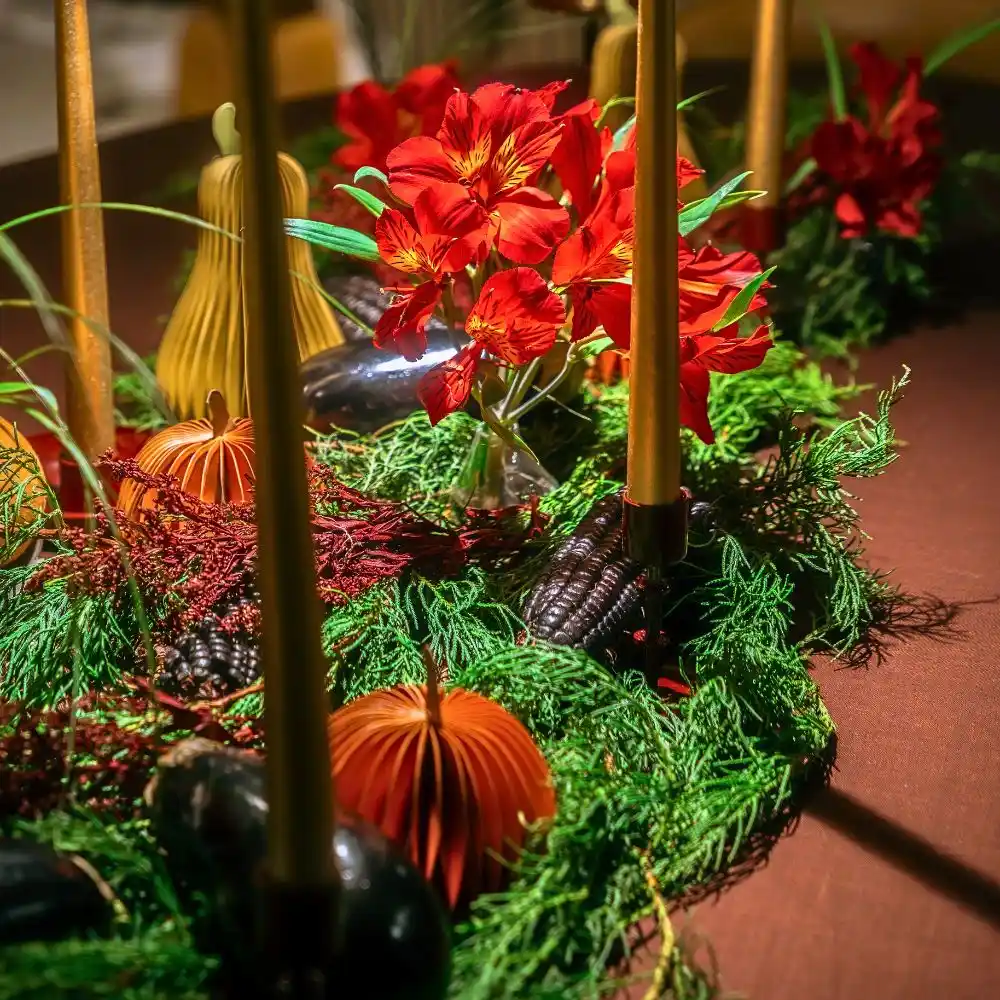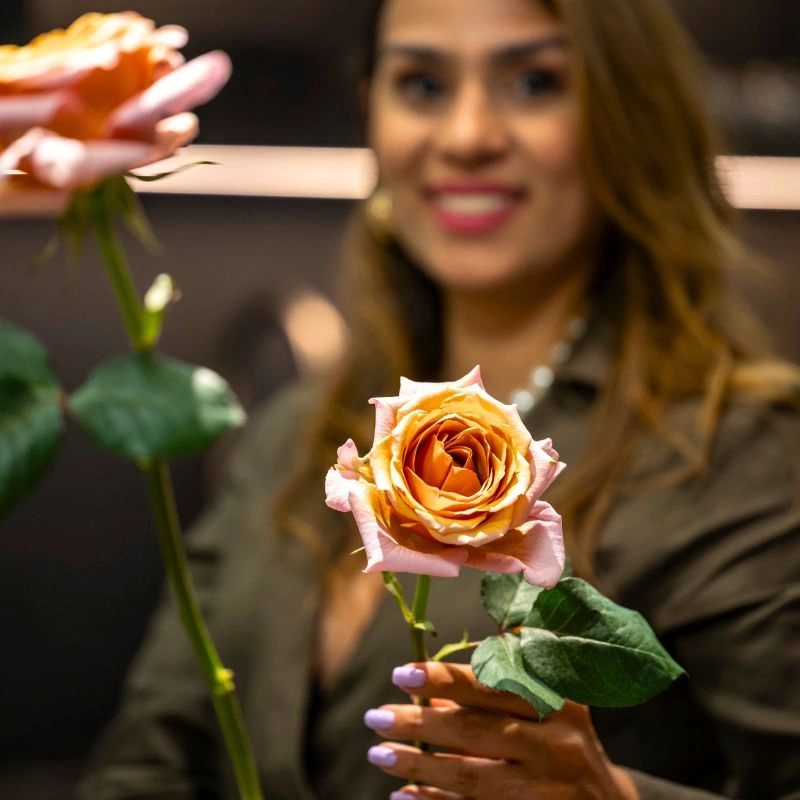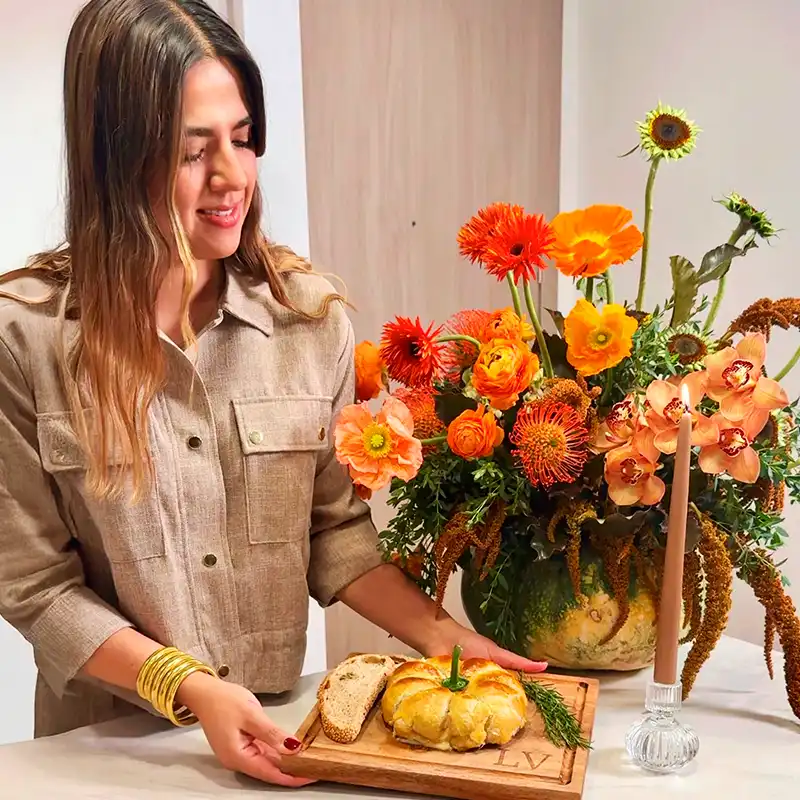My name is Caridad Sáenz, Editor in Chief of the magazine 'Ecuador y sus Flores'. As this is my first blog for Thursd.com, let me briefly introduce myself.
A couple of years ago, I became involved with this magazine that my father founded over twenty years ago, and I was captivated by this industry. There is so much to talk about the flower industry in Ecuador. My personal goal is for everyone to learn more about what lies behind the best flower in the world, the Ecuadorian flower. If you want to know more about the industry in Ecuador, I'm convinced that my blogs on Thursd.com will be the ones to read.
Now, on to my first contribution: Where do all these incredible flower and rose varieties come from? And how have we achieved such diversity of colors, shapes, and sizes?
The Constant Search for Varieties
Each year, we are fortunate to appreciate the spectacular work of hybridization houses that develop new varieties capable of meeting the high demands of both producers and end consumers. This year reveals a clear trend: the constant search for varieties that combine beauty, productivity, and adaptability to global markets.


Breeders agree on a significant transformation: the market is moving away from classic designs. 'Garden-like' varieties and non-traditional sprays are gaining ground. Colors like terracotta, coral, yellow, and orange are positioning themselves as protagonists, while producers dream of varieties in blue or intense purple tones that do not yet exist.
Standout Varieties
Some roses have captured special attention from producers:
- De Ruiter: Rose Sweet Beat, a soft pink of extraordinary purity that has it all. Rose Dragonfly and Rose Juicy X-Pression have been recognized for their unique color and great bud opening.
- Danziger: Rose Senti French Kiss, a vibrant, intense hot pink with an excellent bud opening.
- Plantec: Rose Exotix Berry is a great alternative with its excellent shape, color, plant, and bud opening.
- Nirp: Rose Hotspot with its attractive opening and Spray Rose Safari Rosever with its super intense color.
- United Selections: Rose Rise & Shine, with its intense yellow color and large size. Spray Rose Venus Blossoms and Rose Mizu also drew a lot of attention for their excellent shape and color.

Challenges and Solutions
Breeders are directly responding to the challenges of Ecuadorian producers. Beyond constant innovation, they require flowers with higher yields per square meter. It is crucial that plants are resistant to diseases, as climate change multiplies efforts to control the standards that keep a plant healthy. Therefore, it is important that it be a strong and resilient plant.
With quality and sustainability requirements, maritime transport has been considered a more viable option to eliminate the carbon footprint. But this is not simple. Varieties must be developed to withstand long distances and time without losing quality, which is another aspect that breeders have considered when presenting new varieties.
Of course, customer taste and opinion are key in deciding which variety will be the next to be part of producers' catalogs. The versatility and ability of a variety to adapt to the tastes of different markets like Europe, the United States, or Asia is crucial to invest and give an opportunity to a new option.
The breeder seeks to combine ideal conditions so that both the producer and the end customer are satisfied. Beyond productivity, disease resistance, and long travels, the end customer also demands large buds, appropriate commercial lengths, long vase life, and, of course, new and different options.
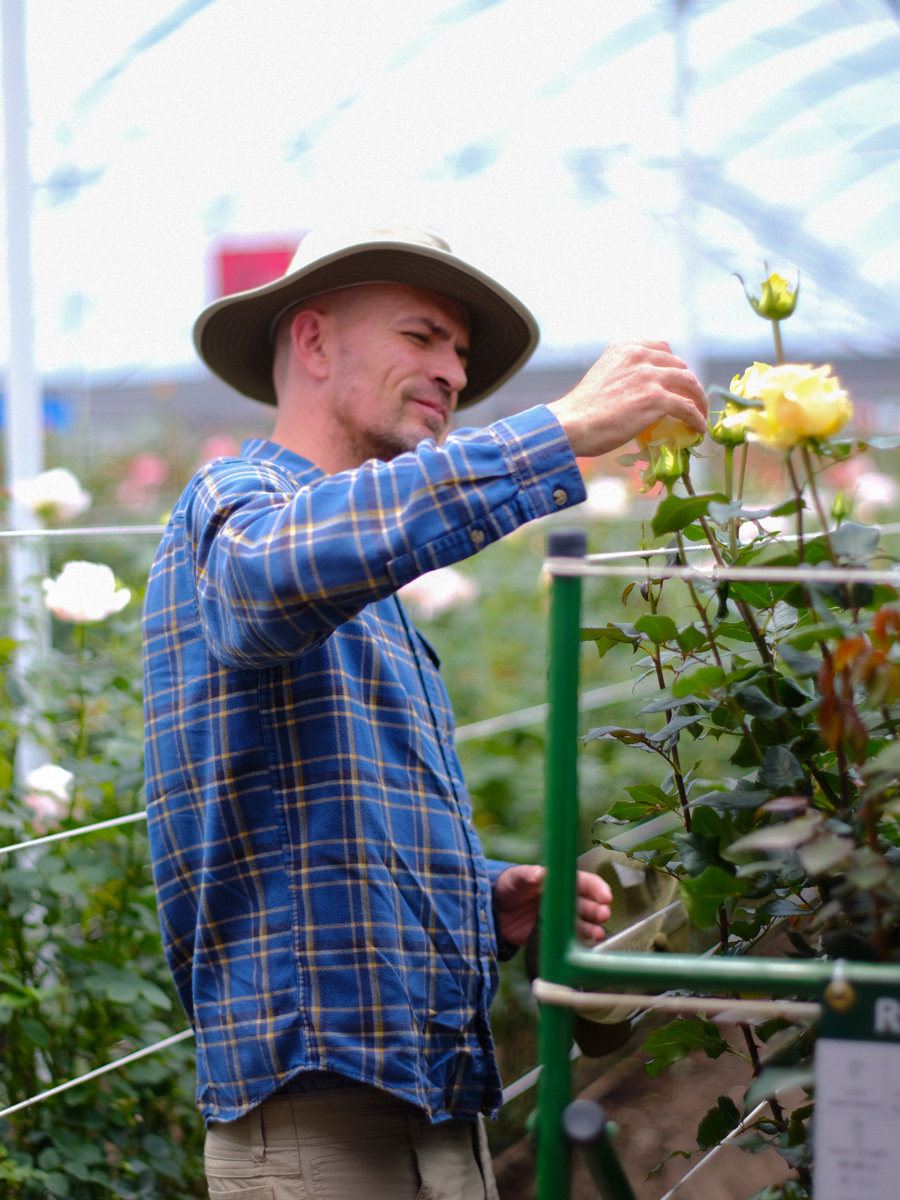
Increasingly Demanding Consumers
The end customer is increasingly demanding. A few years ago, trends were clear: Valentine's Day was all red, Easter was a season of pastel colors, Mother's Day had more colors, and weddings highlighted white and light pink. Today, producers must be ready for anything. The market has been transforming, and what has been established for so many years suddenly takes an unexpected turn, and traditions make unexpected leaps.
Each new variety developed is the result of many years of work seeking to satisfy the needs of a demanding market, considering that the cultivated product is perishable, an agricultural product involving many variables and difficult-to-control conditions.
The Ecuadorian rose purchased today in Warsaw, for example, has had more than eight years of research and development, years of tests and cultivation development, and days of travel to become part of a beautiful arrangement created by a floral artist. Imagine all the human capital behind a rose!

Spending Years to Create the 'Perfect' Flower
This is how this incredible world works: Breeders spend years developing a variety that meets all requirements in order to create the 'perfect' flower. That's where the cost of royalties comes in and the importance of recognizing the intellectual property of each variety.
Producers, on the other side, invest and apply all their knowledge to bring out the best from that plant, cutting it at the right moment, packaging it with the utmost care so it travels safely and in optimal conditions to maintain its qualities until it reaches an artist who brings out the best in that flower, enhances it in an arrangement that highlights its colors, size, and beauty, and thus makes someone happy and accompanies them. Because, as Alina Neacsa, florist and event designer, says: "Flowers are all about emotions."

The Ecuadorian flower industry demonstrates that innovation is not just an option, but a necessity. Each new variety represents a step toward excellence, combining art, science, and a deep understanding of global markets.

